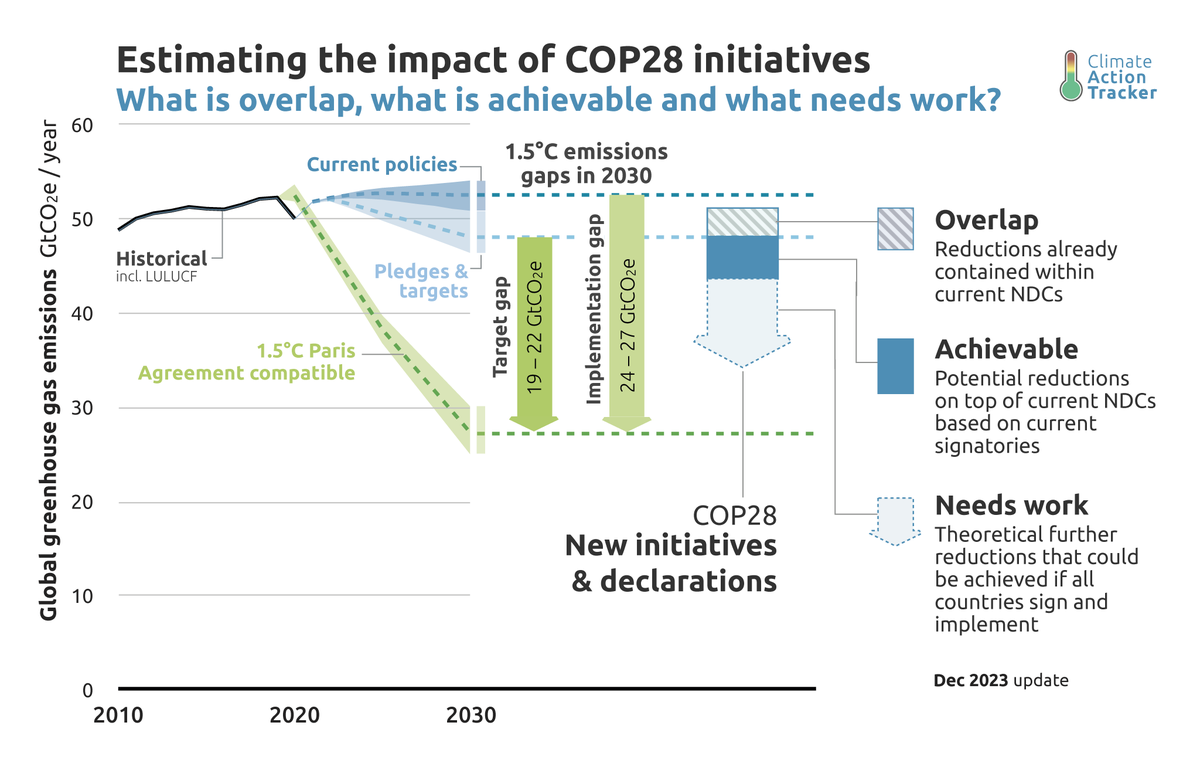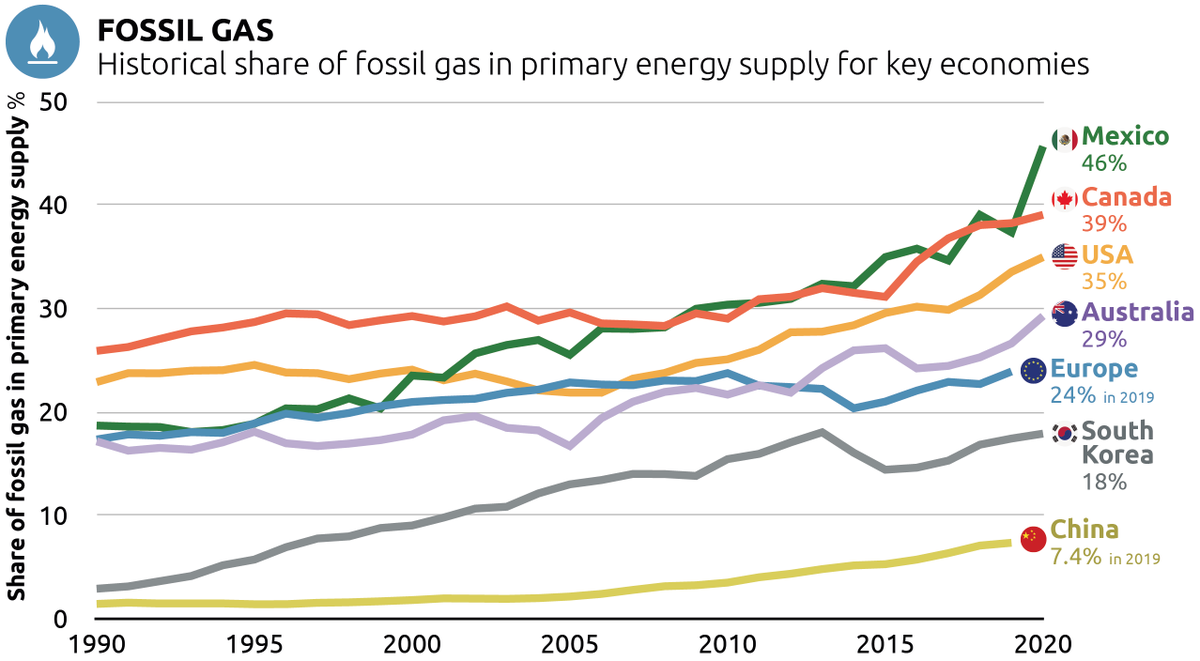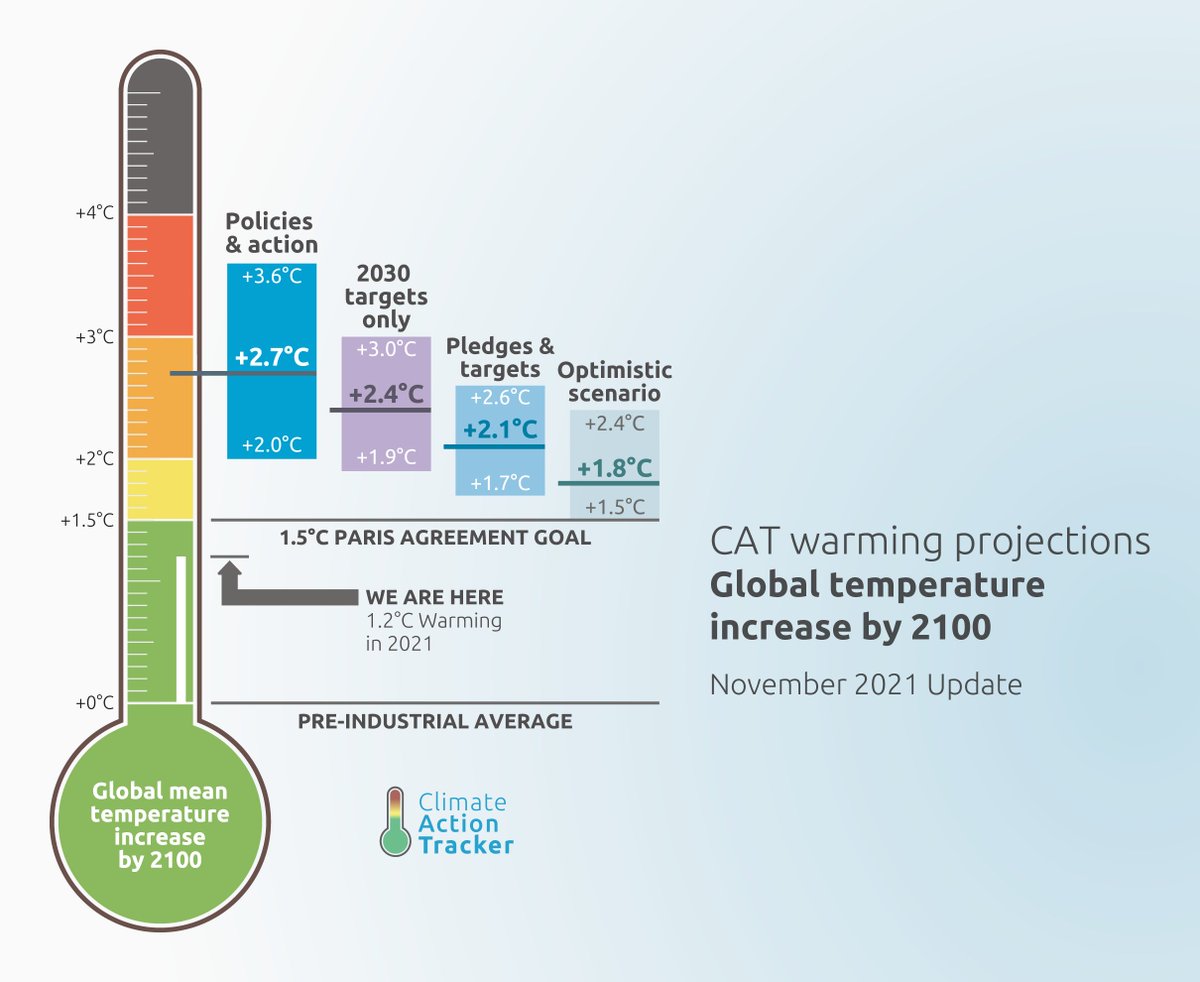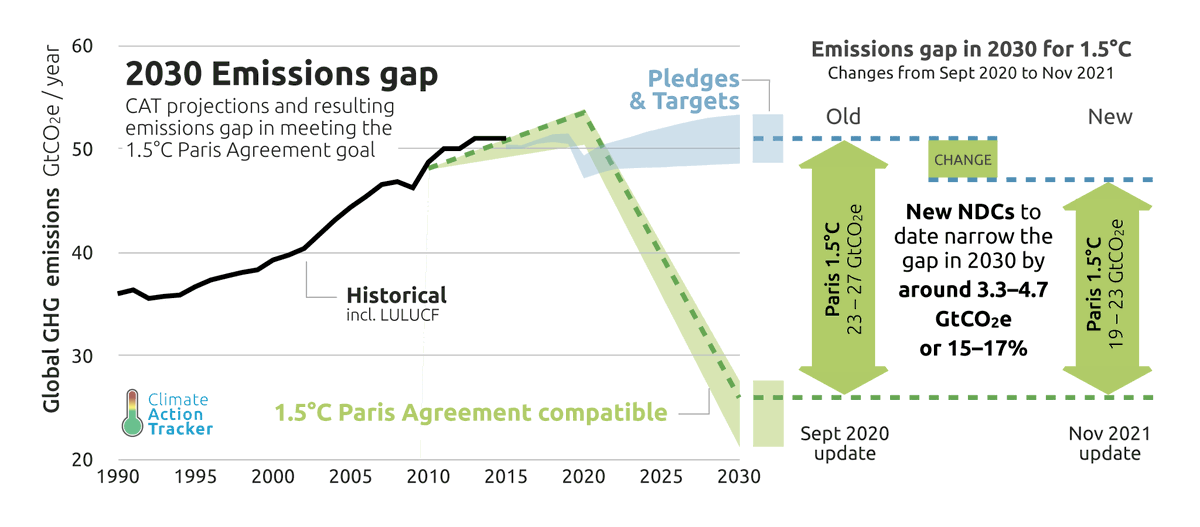1/ Continuing our threads this week on our #ParisAgreement-compatible benchmarks report, we first turn to #transport and the share of #electricvehicles, hugely important for #decarbonising our economy. Read on...
2/ For all #transport in all countries, low carbon fuels (#electricity, #hydrogen or #biomass) need to be at ~15-20% by 2030, & toward 100% in 2050. While 2030 benchmarks vary, all converge to global decarbonised transport sector by 2050. See our report bit.ly/CAT_PSRsum 

3/ Passenger #electricVehicles (or other #zeroemission vehicles) need to reach v high market share by 2030 almost everywhere (developed countries 95% market share) & 100% by 2040. The global passenger #car fleet will be almost 100% #emissions free by 2050. bit.ly/CAT_PSRsum 

4/ Penetration of #EVs must link up w improved #fuelefficiency standards, esp for passenger cars. If global standards were at EU2025 level, it wld achieve a 1.9GtCO2 reduction. The US has furthest to go, esp w Trump Admin's proposed rollbacks. Full report bit.ly/CAT_PSR_full 

• • •
Missing some Tweet in this thread? You can try to
force a refresh

















